A Practical Guide to Storing Rainwater for Plant Care
Storing Rainwater – Why Rainwater Matters
Rainwater is not just a resource—it is a ritual. It falls freely, naturally, and rhythmically. It carries ecological memory and atmospheric purity. Storing rainwater is an act of stewardship. It reflects a gardener’s commitment to sustainability and precision. Tap water, while convenient, often contains additives and minerals that disrupt soil balance. Rainwater is soft, oxygen-rich, and free of chlorine. It mirrors the natural hydration cycles plants evolved to receive. Collecting rainwater connects the gardener to seasonal rhythms. It transforms weather into opportunity. Hose-fed water is reactive; rainwater is intentional.

Water Chemistry – What’s in the Drop
Rainwater is naturally distilled through evaporation and condensation. It contains minimal dissolved solids and no added chemicals. Tap water often includes chlorine, fluoride, and sodium. These additives can disrupt microbial life in soil. Rainwater has a neutral to slightly acidic pH, ideal for most plants. Tap water varies by region and may be alkaline or hard. Hard water leaves mineral deposits on leaves and soil. Rainwater supports nutrient uptake and root health. Tap water can cause salt buildup over time.
Rainwater contains trace nitrogen absorbed from the atmosphere. This boosts foliage growth and soil vitality. Tap water lacks this atmospheric enrichment. Rainwater is oxygen-rich, aiding root respiration. Tap water may be deoxygenated through treatment processes. Understanding water chemistry helps tailor hydration strategies. Rainwater aligns with plant biology. Tap water requires filtration or adjustment. The gardener must choose between convenience and compatibility. Chemistry is not abstract—it is ecological consequence.
| Property | Rainwater | Tap Water |
|---|---|---|
| pH Level | Neutral to slightly acidic | Varies, often alkaline |
| Additives | None | Chlorine, fluoride, sodium |
| Oxygen Content | High | Lower due to treatment |
| Nitrogen Presence | Trace atmospheric nitrogen | Absent |
| Mineral Load | Minimal | Often high |
Soil Health – Feeding the Microbiome
Rainwater nourishes soil microbes and fungal networks. It supports the living ecosystem beneath the surface. Tap water can disrupt microbial balance through chemical additives. Chlorine is particularly harmful to beneficial bacteria. Rainwater promotes nutrient cycling and root symbiosis. Tap water may inhibit these processes over time. Soil structure improves with consistent rainwater use. Compaction and salt crusting are reduced. Rainwater encourages earthworm activity and organic decomposition.
Tap water can slow these biological rhythms. The gardener must consider soil as a living system. Rainwater feeds that system gently and rhythmically. Tap water often forces hydration without ecological support. Soil health is not just about nutrients—it is about relationships. Rainwater fosters those relationships. Tap water may erode them. Understanding soil response helps refine watering routines. The garden becomes a microbiome, not just a surface. What we pour shapes what grows.
| Soil Impact | Rainwater | Tap Water |
|---|---|---|
| Microbial Health | Supports beneficial microbes | Disrupts with chlorine |
| Structure | Improves aeration | Risk of compaction |
| Salt Buildup | Minimal | Common over time |
| Earthworm Activity | Stimulated | Suppressed |
| Nutrient Cycling | Enhanced | Inhibited |
Plant Response – How Leaves and Roots React
Plants evolved to absorb rainwater. Their roots respond to its softness and oxygen content. Leaves remain free of residue and mineral spotting. Tap water often leaves white deposits and causes leaf burn. Rainwater supports turgor pressure and cell expansion. Tap water may cause osmotic stress in sensitive species. Rainwater encourages flowering and foliage growth. Tap water can delay blooming or cause tip burn. Root hairs absorb rainwater more efficiently. Tap water may require adjustment or buffering.
Plants show visible gratitude after a rain-fed watering. Their posture lifts and their color deepens. Tap water may produce slower or uneven responses. Rainwater aligns with plant memory and biology. Tap water must be managed to avoid harm. The gardener must observe and compare. Plant response becomes a diagnostic tool. Rainwater is not just hydration—it is communication. The leaves speak through texture and tone. The roots respond with rhythm and reach.
| Plant Reaction | Rainwater | Tap Water |
|---|---|---|
| Leaf Appearance | Clean, vibrant | Spotting, residue |
| Root Absorption | Efficient, gentle | Slower, risk of stress |
| Bloom Frequency | Enhanced | Suppressed |
| Foliage Growth | Lush, balanced | Uneven |
| Osmotic Balance | Stable | Disrupted in sensitive plants |
Ecological Ethics – Stewardship Through Storage
Storing rainwater is an act of ecological responsibility. It reduces reliance on municipal systems and energy-intensive treatment. Tap water requires infrastructure, chemicals, and transport. Rainwater falls freely and locally. Collecting it honors the cycle of precipitation and use. It transforms weather into resource. Tap water often comes from distant reservoirs or desalination plants. Rainwater is immediate and intimate. Storage systems include barrels, tanks, and underground cisterns. These systems reflect the gardener’s commitment to sustainability. Tap water use contributes to urban runoff and water waste.
Rainwater use reduces strain on public supply. It supports local aquifers and biodiversity. The gardener becomes part of a larger ecological rhythm. Stewardship is not abstract—it is daily practice. Storing rainwater teaches restraint and gratitude. It aligns gardening with climate awareness. The act becomes a ritual of care and consequence. What we store reflects what we value.
| Ethical Factor | Rainwater | Tap Water |
|---|---|---|
| Source | Local, natural | Distant, treated |
| Energy Use | Minimal | High |
| Infrastructure | Low impact | Complex, resource-heavy |
| Climate Alignment | Seasonal, responsive | Static, centralized |
| Stewardship Signal | High |
Storage Systems – Designing for Rhythm and Resilience
Rainwater storage is both technical and symbolic. It transforms a passing storm into a long-term resource. Barrels, tanks, and underground cisterns each offer unique advantages. Barrels are accessible and modular, ideal for small gardens. Tanks hold larger volumes and suit multi-zone irrigation. Underground cisterns preserve temperature and reduce evaporation. Placement matters—systems should be near collection points and shaded from heat. Filters prevent debris and mosquito breeding.
Overflow valves protect against flooding. Stored rainwater should be used within weeks to prevent stagnation. The gardener must monitor clarity, odor, and algae growth. Storage becomes a ritual of stewardship. It reflects the gardener’s rhythm and foresight. Tap water flows on demand; rainwater requires planning. The system becomes part of the garden’s architecture. It teaches patience and ecological literacy. Storage is not just containment—it’s choreography. What we build shapes how we water. The gardener becomes a designer of seasonal flow.
| Storage Type | Capacity | Maintenance Needs | Best Use Case |
|---|---|---|---|
| Barrel | Low to medium | Easy to clean | Small gardens, modular use |
| Above-Ground Tank | High | Requires insulation | Multi-zone irrigation |
| Underground Cistern | Very high | Complex installation | Long-term storage, large plots |
| Flexible Bladder | Medium | Portable, low profile | Temporary setups, rentals |
Watering Rituals – Precision, Timing, and Trust
Watering with stored rainwater becomes a ritual of trust. It requires observation, restraint, and rhythm. Plants respond differently to rain-fed hydration. The gardener must learn each species’ seasonal thirst. Morning watering supports photosynthesis and reduces fungal risk. Evening watering may suit dry climates but risks mildew. Rainwater should be applied slowly to avoid runoff. Bottom watering suits sensitive foliage. Overhead watering mimics natural rainfall but must be gentle. Frequency depends on soil type, plant maturity, and weather. The gardener must check moisture depth—not just surface dryness.
Watering becomes a diagnostic tool. It reveals root health, leaf posture, and soil structure. Stored rainwater encourages slower, more intentional routines. Tap water often leads to reactive habits. Ritual builds relationship. The gardener learns to read the garden’s signals. Watering is not just hydration—it’s communication. Each drop carries memory and meaning. The rhythm of watering shapes the rhythm of growth.
| Watering Method | Best For | Risks | Ritual Notes |
|---|---|---|---|
| Bottom Watering | Sensitive foliage | Root saturation | Use shallow trays |
| Overhead Watering | Hardy plants, mimic rain | Leaf spotting, mildew | Use fine spray nozzle |
| Drip Irrigation | Consistent moisture | Clogging, setup complexity | Ideal for large gardens |
| Manual Pouring | Targeted hydration | Uneven distribution | Observe soil response |

Seasonal Strategy – Aligning Water with Climate
Rainwater availability fluctuates with the seasons. Spring offers abundance and renewal. Summer may bring scarcity and heat stress. Autumn provides balance and mild conditions. Winter slows growth and reduces demand. The gardener must align storage and use with seasonal shifts. Overflow systems are critical in wet months. Insulation and covers protect water in cold seasons. Summer watering may require rationing and prioritization. Seasonal strategy includes adjusting plant placement and shade. Mulching reduces evaporation and supports moisture retention.
Rainwater use should peak during active growth phases. Dormant plants require less but still benefit from soft hydration. Seasonal planning prevents waste and supports resilience. The gardener becomes a strategist of ecological timing. Rainwater teaches that abundance and scarcity are cyclical. Tap water ignores these rhythms. Seasonal awareness deepens emotional connection. The garden becomes a calendar of care. What we store reflects what we anticipate.
| Season | Rainwater Availability | Plant Needs | Strategy Notes |
|---|---|---|---|
| Spring | High | High | Use freely, support blooms |
| Summer | Variable | Very high | Prioritize, mulch, shade |
| Autumn | Moderate | Moderate | Transition, prepare storage |
| Winter | Low | Low | Cover tanks, reduce use |
Symbolic Meaning – What Rainwater Represents
Rainwater symbolizes renewal, clarity, and ecological trust. It arrives unbidden, yet always needed. It teaches the gardener to receive, not just control. Stored rainwater becomes a metaphor for emotional preparedness. It reflects the ability to hold, wait, and release. Tap water represents immediacy and infrastructure. Rainwater represents patience and intimacy.
The act of collecting rain is a gesture of gratitude. It honors the sky, the cycle, and the soil. Rainwater connects the gardener to climate and consequence. It teaches that care begins with observation. Stored water becomes a reservoir of intention. It holds memory of storms and seasons. Watering with rain becomes a ritual of restoration. The garden responds with clarity and rhythm. Symbolism deepens emotional investment. Rainwater is not just liquid—it is language. The gardener becomes a translator of ecological emotion. What we store becomes what we express.
| Symbolic Trait | Emotional Meaning | Ritual Expression |
|---|---|---|
| Renewal | Fresh start | First watering after rain |
| Trust | Ecological patience | Long-term storage |
| Gratitude | Receiving without demand | Barrel placement, open lids |
| Rhythm | Seasonal awareness | Adjust watering by month |
Troubleshooting – When Stored Rainwater Goes Wrong
Rainwater storage is not without challenges. Algae growth can occur in exposed containers. Mosquito breeding is a risk without screens or lids. Odor may signal stagnation or contamination. Sediment buildup clogs filters and hoses. Overflow can flood garden beds or foundations. Cold snaps may freeze exposed tanks. Heat waves accelerate evaporation and bacterial growth. The gardener must monitor clarity, smell, and flow. Filters should be cleaned monthly. Tanks should be flushed seasonally.
Overflow valves must be tested before storms. Covers and shade reduce temperature swings. Troubleshooting requires vigilance and adaptation. Stored rainwater is alive—it changes with time and weather. Tap water remains static and predictable. The gardener must learn to diagnose and respond. Problems are not failures—they are feedback. Rainwater teaches ecological humility. Troubleshooting becomes a ritual of refinement. What we fix shapes what we preserve.
| Issue | Cause | Solution |
|---|---|---|
| Algae Growth | Sunlight exposure | Shade tank, use opaque lids |
| Mosquito Breeding | Open water surface | Install mesh screens |
| Odor | Stagnation, contamination | Flush tank, clean filters |
| Sediment Buildup | Debris from roof or air | Add pre-filter, clean monthly |
| Overflow | Heavy rain, poor drainage | Install overflow valve |
Emotional Rhythm – How Watering Reflects Mood and Mindset
Watering with stored rainwater becomes a ritual of emotional rhythm. It slows the gardener down and invites presence. The act of lifting a watering can feels deliberate and grounded. Hose watering often feels rushed and reactive. Rainwater rituals mirror internal states—calm, focused, and intentional. The sound of water pouring from a barrel is softer than the hiss of a hose. The gardener begins to associate hydration with emotional clarity. Plants respond to this rhythm with visible gratitude.
Their leaves lift, their colors deepen, and their posture aligns. The gardener feels restored through the act of watering. Stored rainwater becomes a symbol of emotional preparedness. It teaches that care begins with containment and timing. Hose water feels like a shortcut; rainwater feels like a conversation. The rhythm of watering shapes the rhythm of reflection. The garden becomes a mirror of internal pace. Emotional rhythm is not just about mood—it’s about method. Rainwater rituals build trust between gardener and plant. They reinforce the value of slow, steady care. The gardener learns to read the garden’s emotional cues. What we pour reflects how we feel.
| Watering Style | Emotional Tone | Symbolic Impact |
|---|---|---|
| Rainwater Ritual | Calm, deliberate | Trust, rhythm |
| Hose Watering | Fast, reactive | Convenience, detachment |
| Barrel Pouring | Grounded, tactile | Preparedness, presence |
| Sprinkler System | Automated, distant | Efficiency, abstraction |
Restoration – What Rainwater Repairs
Rainwater restores soil, plant health, and emotional connection. It washes away salt buildup and chemical residue. It rehydrates roots with softness and oxygen. It revives wilted leaves and dormant buds. The act of watering with rain becomes a form of ecological healing. Plants respond with renewed growth and resilience. Soil structure improves with consistent rain-fed hydration. Microbial life flourishes in the absence of chlorine. The gardener feels restored through the act of giving.
Restoration is not dramatic—it is cumulative. Rainwater repairs what tap water erodes. It teaches that healing begins with rhythm and restraint. The garden becomes a sanctuary of renewal. Restoration is visible in leaf texture, bloom frequency, and soil vitality. The gardener learns to trust slow processes. Rainwater becomes a metaphor for emotional recovery. It reminds us that healing is seasonal, not instant. The act of storing rainwater becomes a commitment to restoration. What we collect shapes what we repair.
| Restoration Factor | Rainwater Benefit | Tap Water Limitation |
|---|---|---|
| Soil Structure | Loosens, aerates | Compacts over time |
| Leaf Health | Revives, softens | May cause spotting |
| Root Vitality | Oxygen-rich hydration | Risk of salt stress |
| Microbial Balance | Supports beneficial fungi | Disrupted by chlorine |
| Emotional Impact | Feels restorative | Feels mechanical |

Propagation – How Stored Rainwater Supports New Growth
Propagation requires clean, soft, and balanced hydration. Rainwater provides ideal conditions for rooting cuttings. Its low mineral content prevents tip burn and osmotic stress. Tap water may inhibit root formation in sensitive species. Rainwater supports cell division and elongation. It encourages root hairs to form without resistance. Propagation becomes more successful with consistent rain-fed watering. Stored rainwater can be warmed to room temperature for optimal absorption.
The gardener observes faster root development and fewer failures. Propagation is not just multiplication—it is continuity. Rainwater supports that continuity with ecological compatibility. Tap water may introduce stress during early growth. The gardener learns to prepare water with intention. Propagation becomes a ritual of renewal and sharing. Stored rainwater feels like a gift passed from sky to soil. It carries memory of storms and seasons. Each cutting becomes a symbol of trust and timing. Rainwater teaches that growth begins with softness. What we propagate reflects what we preserve.
| Propagation Stage | Rainwater Advantage | Tap Water Risk |
|---|---|---|
| Root Initiation | Gentle hydration | Osmotic stress |
| Leaf Health | No residue or spotting | Mineral deposits |
| Stem Integrity | Prevents burn or rot | May cause tip damage |
| Soil Response | Supports microbial rooting | May inhibit fungi |
| Success Rate | Higher with rainwater | Variable with tap water |
Conclusion – Why Rainwater Is Worth the Effort
Storing rainwater is not just a gardening technique—it is a philosophy. It reflects a commitment to ecological rhythm and emotional clarity. Tap water may be convenient, but it lacks intimacy and alignment. Rainwater teaches restraint, observation, and seasonal awareness. It supports soil health, plant vitality, and microbial balance. It transforms watering into ritual and restoration. The gardener becomes a steward, not just a technician. Rainwater storage requires planning, maintenance, and care. But the rewards are cumulative and symbolic. Plants respond with gratitude and resilience.
Soil becomes more alive and responsive. The garden reflects the gardener’s emotional rhythm. Rainwater becomes a metaphor for trust and timing. It teaches that care begins with containment. The act of storing rain becomes a form of ecological literacy. It aligns gardening with climate, consequence, and renewal. The effort is not just technical—it is emotional. What we store becomes what we grow. Rainwater is worth the effort because it restores more than plants—it restores meaning.
Join the Discussion – Share Your Storage, Your Rhythm, Your Story
This guide is part of a larger conversation about ecological literacy and emotional restoration. How do you collect and store rainwater? What systems have you built, and what rituals do you practice? How do your plants respond to rain-fed hydration? What emotional rhythms shape your watering routines?
#RainwaterInstinct #ModularGardening #EmotionalEcology #GrowWhatHeals #WateringRituals #SeasonalStewardship #SoilAndSoul #SymbolicCultivation #StoredWithMeaning #GardeningWithRhythm


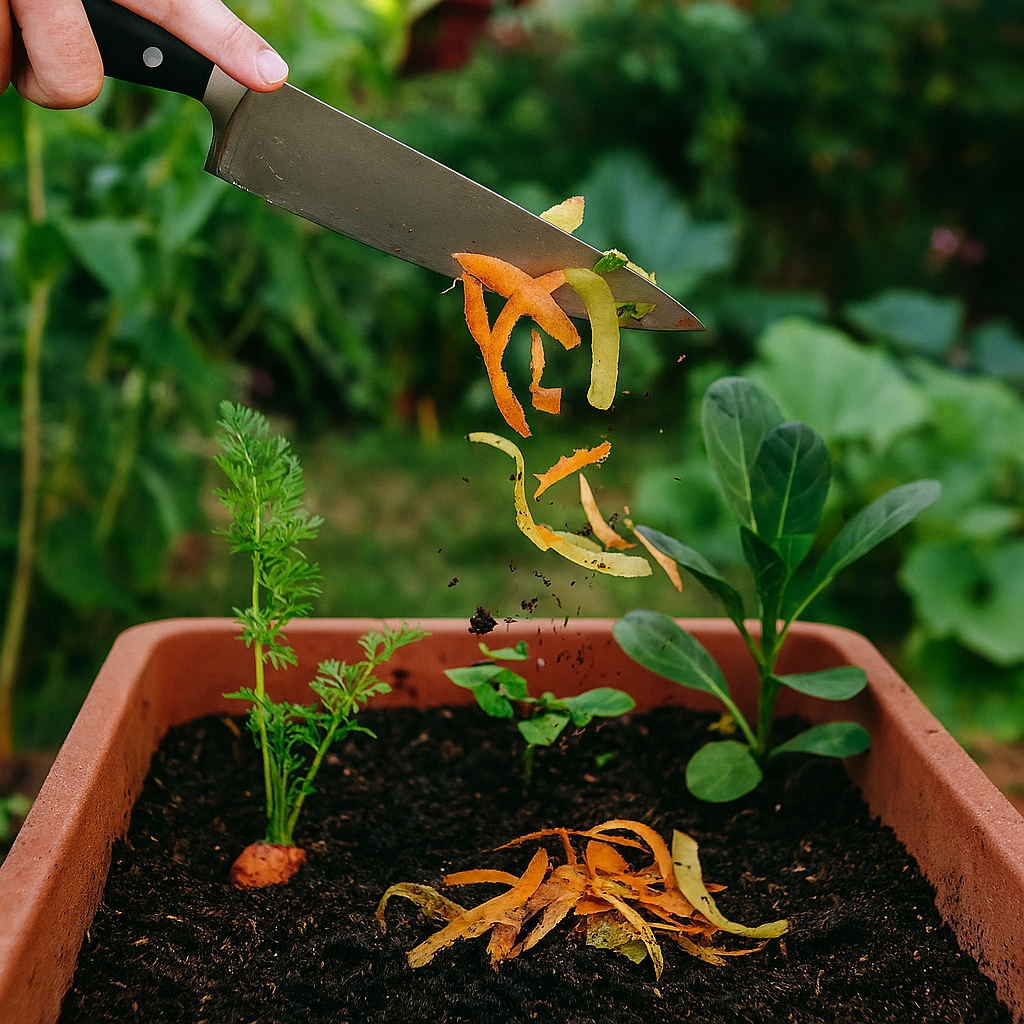
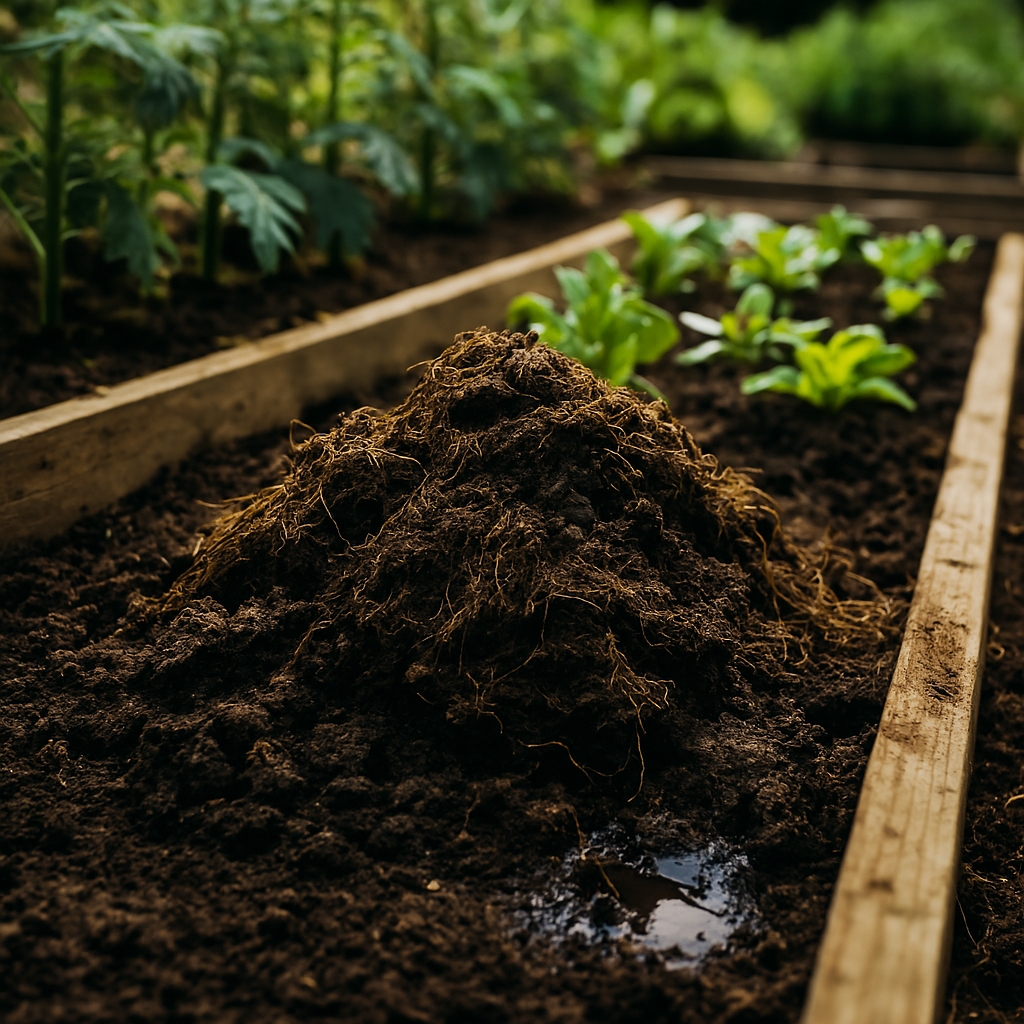
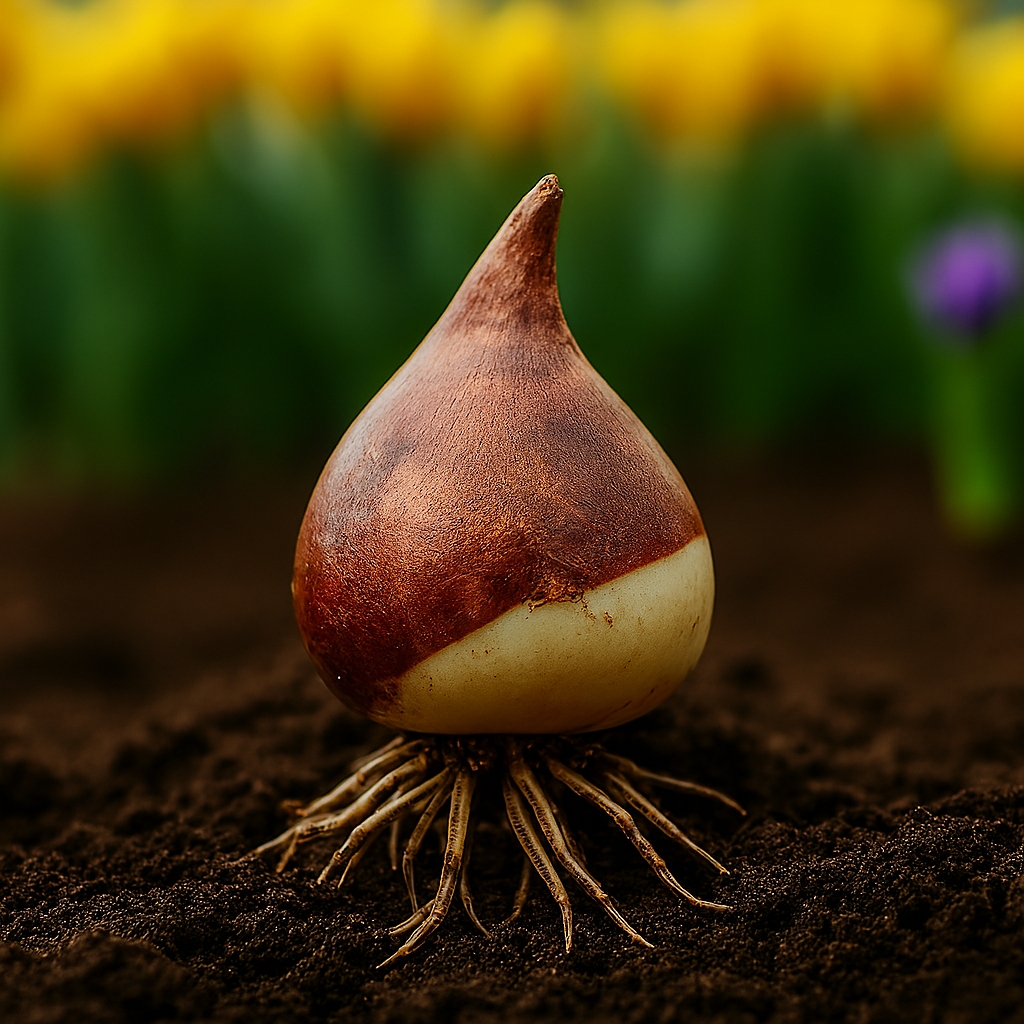
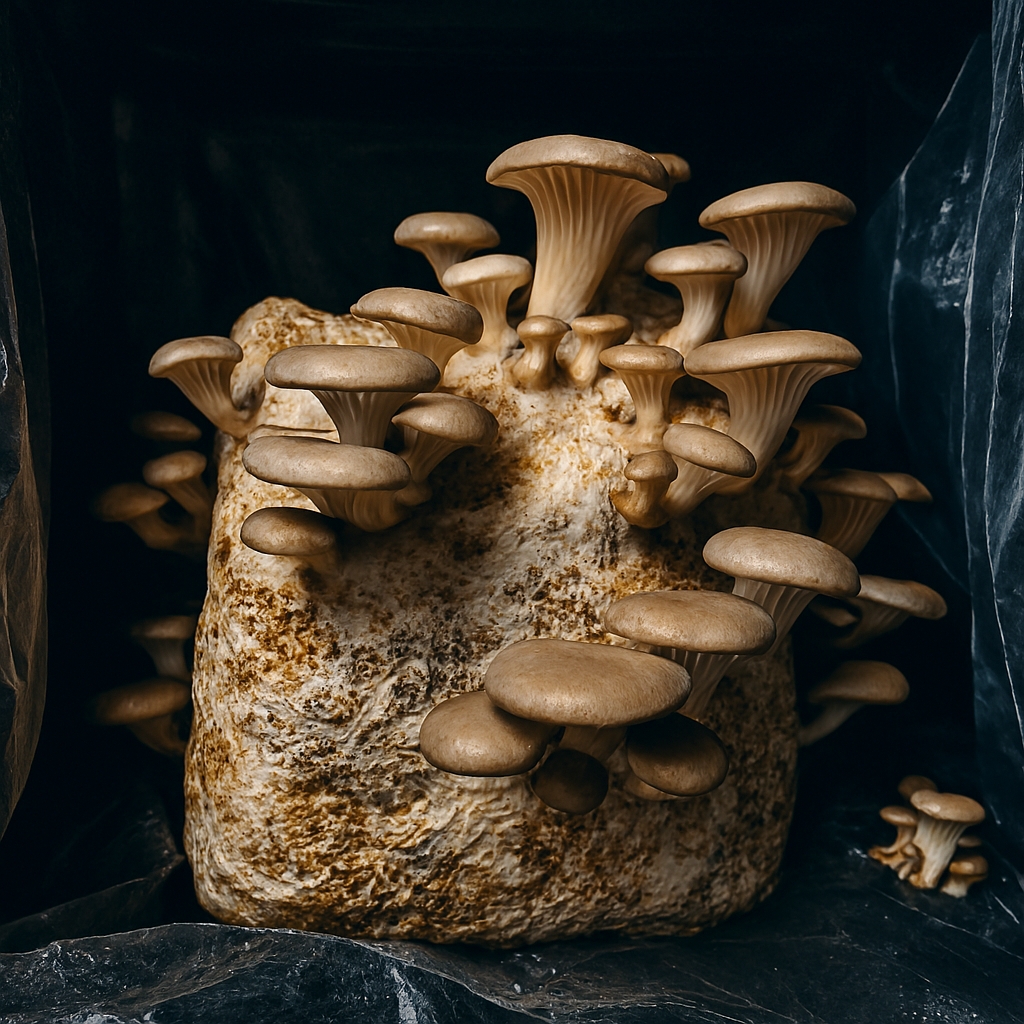
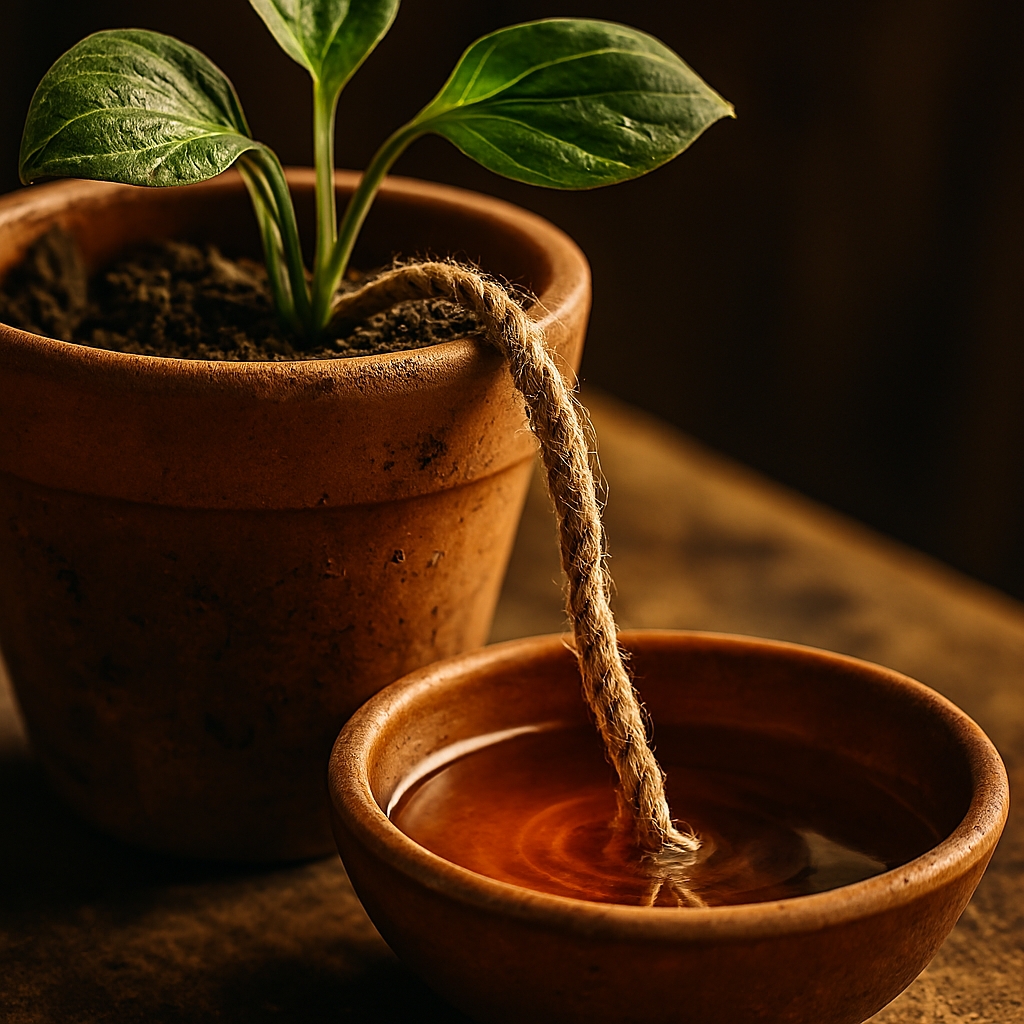
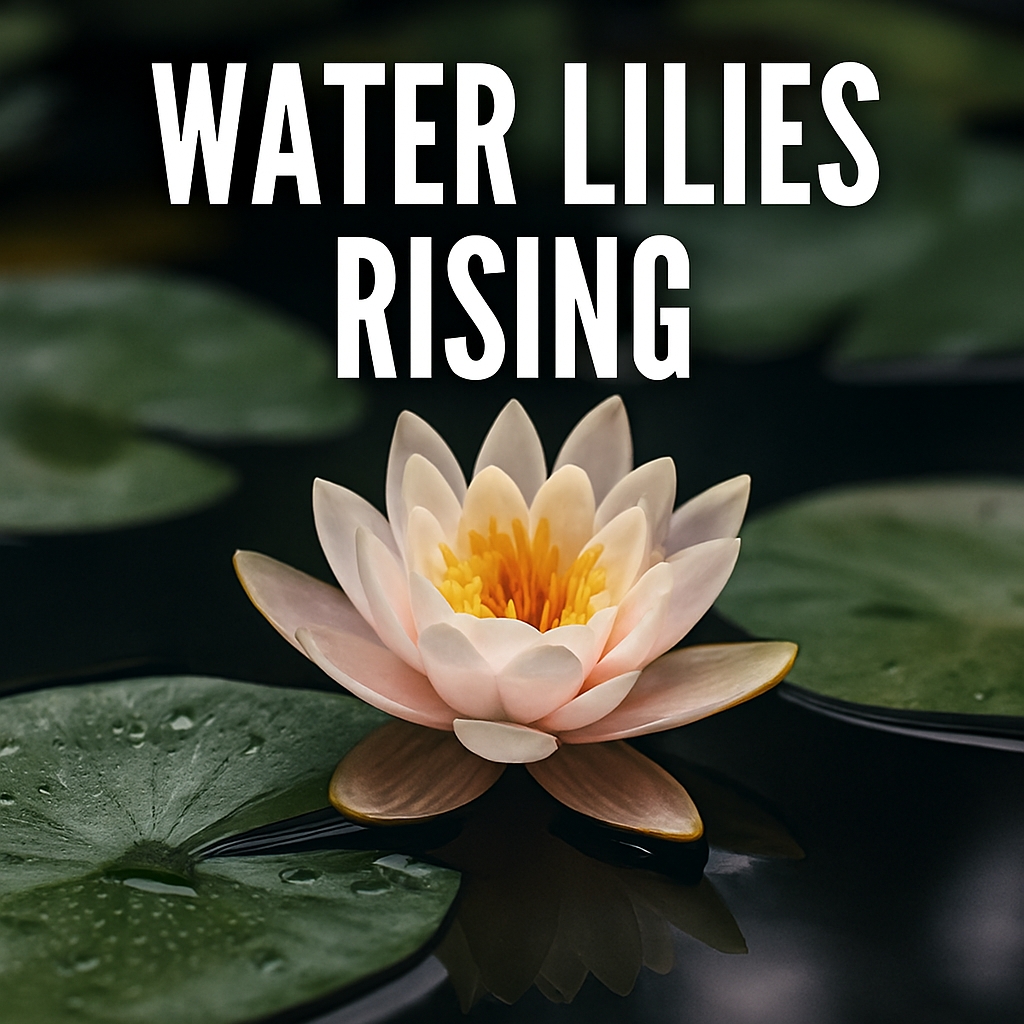

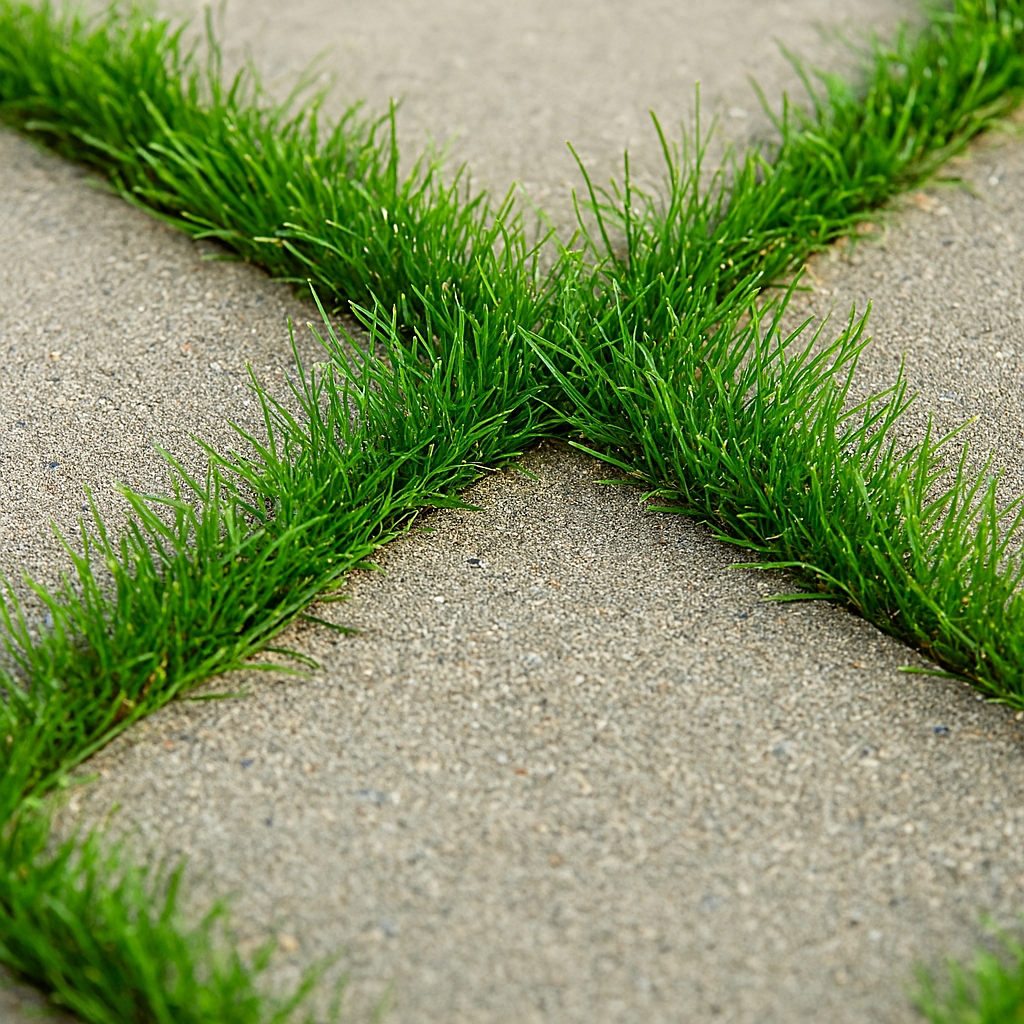

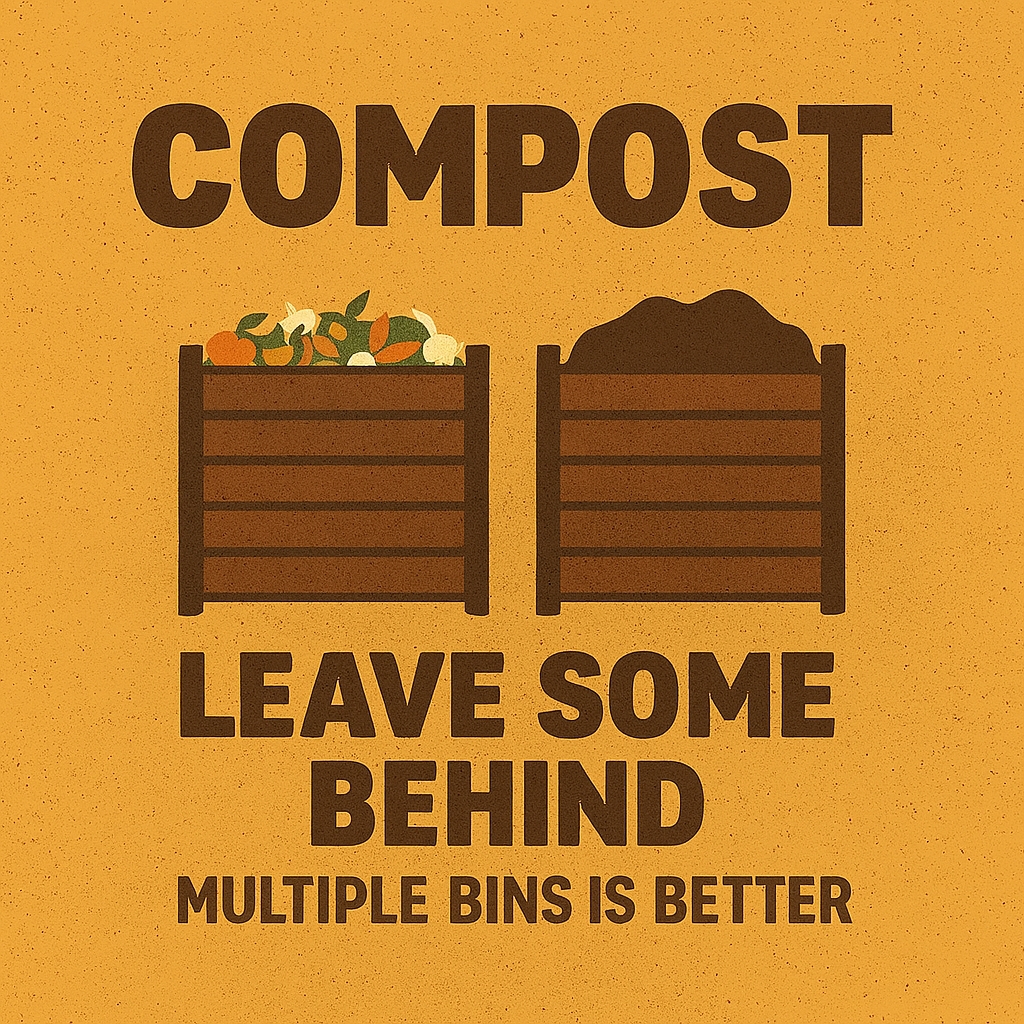



Texture Hairstyles
Thank you for this article. I will also like to express that it can often be hard when you find yourself in school and just starting out to establish a long credit ranking. There are many students who are just trying to endure and have a long or favourable credit history can sometimes be a difficult issue to have.